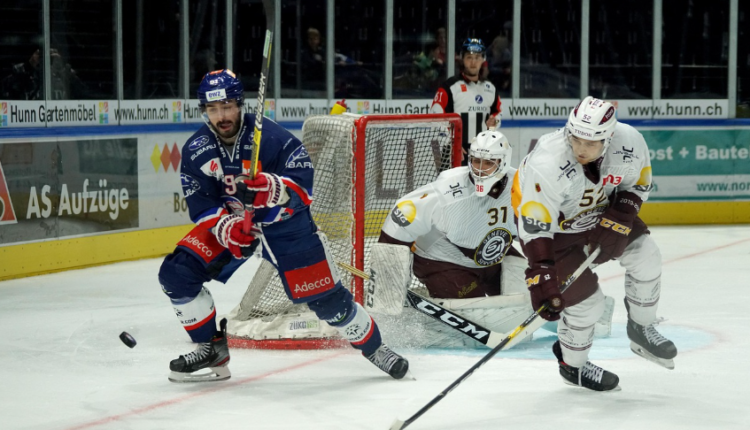Hockey is an exhilarating sport that captivates millions of fans worldwide. Whether it’s played on ice, field, or street, the game follows a structured format that ensures fair play and competition. One of the most essential aspects of hockey is its start, which sets the tone for the rest of the game. If you are new to hockey or a seasoned fan looking to understand the nuances of its opening play, this comprehensive guide will explain what the start of hockey is called and explore various aspects surrounding it.
Hockey Faceoff: The Official Start of the Game
In hockey, the game begins with what is known as a faceoff. A faceoff is a method used to commence play at the beginning of each period and after every stoppage in the game. This rule applies to different variations of hockey, including ice hockey, field hockey, and roller hockey, though the mechanics may slightly differ in each version.
During a faceoff in ice hockey, the referee drops the puck between two opposing players positioned at the designated faceoff circle. Each player uses their stick to try and gain possession of the puck, aiming to direct it toward their teammates for an offensive advantage. The faceoff is crucial because it allows both teams to contest for control of the puck in a fair and competitive manner. Check sure straight win for today
Field hockey also follows a similar principle but instead of a puck, a ball is used. The faceoff in field hockey is often referred to as a bully-off, where two players tap their sticks together before making a play for the ball. Although the bully-off is less common in modern field hockey due to rule changes, it still plays a role in certain match situations.
Roller hockey, a variation played on inline skates, also begins with a faceoff, following procedures similar to ice hockey. Regardless of the type of hockey being played, the faceoff remains the standardized method of starting play and restarting the game after a pause.
The Rules and Importance of a Faceoff in Hockey
A faceoff is not just a ceremonial way to start a hockey game; it is a structured and rule-governed process that has a direct impact on the match’s outcome. The NHL (National Hockey League) and other professional hockey organizations have established guidelines for conducting faceoffs to ensure fairness and consistency.
Here are some essential rules governing a faceoff:
- Positioning of Players: Only two opposing players are allowed in the faceoff circle, with their sticks placed on the ice or turf. Other players must remain outside the designated faceoff zone until possession is determined.
- Referee’s Role: The referee is responsible for dropping the puck (or ball in field hockey) at a fair height and distance between the two players. The drop must be unpredictable to prevent any team from gaining an unfair advantage.
- Illegal Faceoff Conduct: Players must follow faceoff procedures correctly. Infractions such as premature stick movement, encroachment by teammates, or false starts can lead to a loss of possession or even a penalty.
- Strategic Importance: Winning a faceoff is often the first step in executing an offensive or defensive play. Teams with strong faceoff specialists can gain immediate control of the puck, setting up scoring opportunities or preventing their opponents from attacking.
Since hockey is a fast paced game, faceoffs are frequent occurrences. They happen at the start of each period, after goals are scored, and whenever there is a stoppage due to an infraction or other interruptions like icing or offsides.
Faceoff Strategies and Their Impact on the Game
Faceoffs are not simply a test of reflexes they are a strategic element of the game that requires skill, planning, and teamwork. Coaches often designate faceoff specialists who excel at winning puck possession, as this small but significant advantage can dictate the pace of play.
Several factors determine the success of a faceoff, including:
- Hand Positioning and Grip: Players must have a firm yet flexible grip on their hockey stick to react swiftly when the puck is dropped.
- Body Stance: A lower center of gravity helps players maintain stability and strength against their opponents during the contest for possession.
- Timing and Anticipation: Reading the referee’s drop pattern and predicting the opponent’s move can significantly increase the chances of winning the faceoff.
- Communication with Teammates: Successful faceoff players often work in tandem with their teammates, directing the puck toward the most advantageous position on the ice or field.
Winning a faceoff can lead to immediate offensive plays, allowing a team to set up a shot on goal within seconds. Conversely, losing a faceoff can put a team on the defensive, forcing them to react to the opposing team’s strategy. This dynamic makes faceoffs one of the most critical aspects of a hockey match.
Conclusion: The Faceoff as the Foundation of Hockey’s Competitive Spirit
The start of a hockey game, commonly referred to as a faceoff, is more than just a method of beginning play it is a pivotal moment that can shape the course of the match. Whether in ice hockey, field hockey, or roller hockey, the faceoff plays a crucial role in maintaining fairness, strategy, and excitement within the sport.
Understanding the mechanics, rules, and strategies behind a faceoff enhances one’s appreciation of hockey, whether as a player or a fan. Mastering faceoff techniques can provide a competitive edge making it an essential skill for any serious hockey player. As the puck drops and the game begins the faceoff sets the stage for the thrilling action that follows, ensuring that hockey remains one of the most dynamic and engaging sports in the world.


Comments are closed, but trackbacks and pingbacks are open.